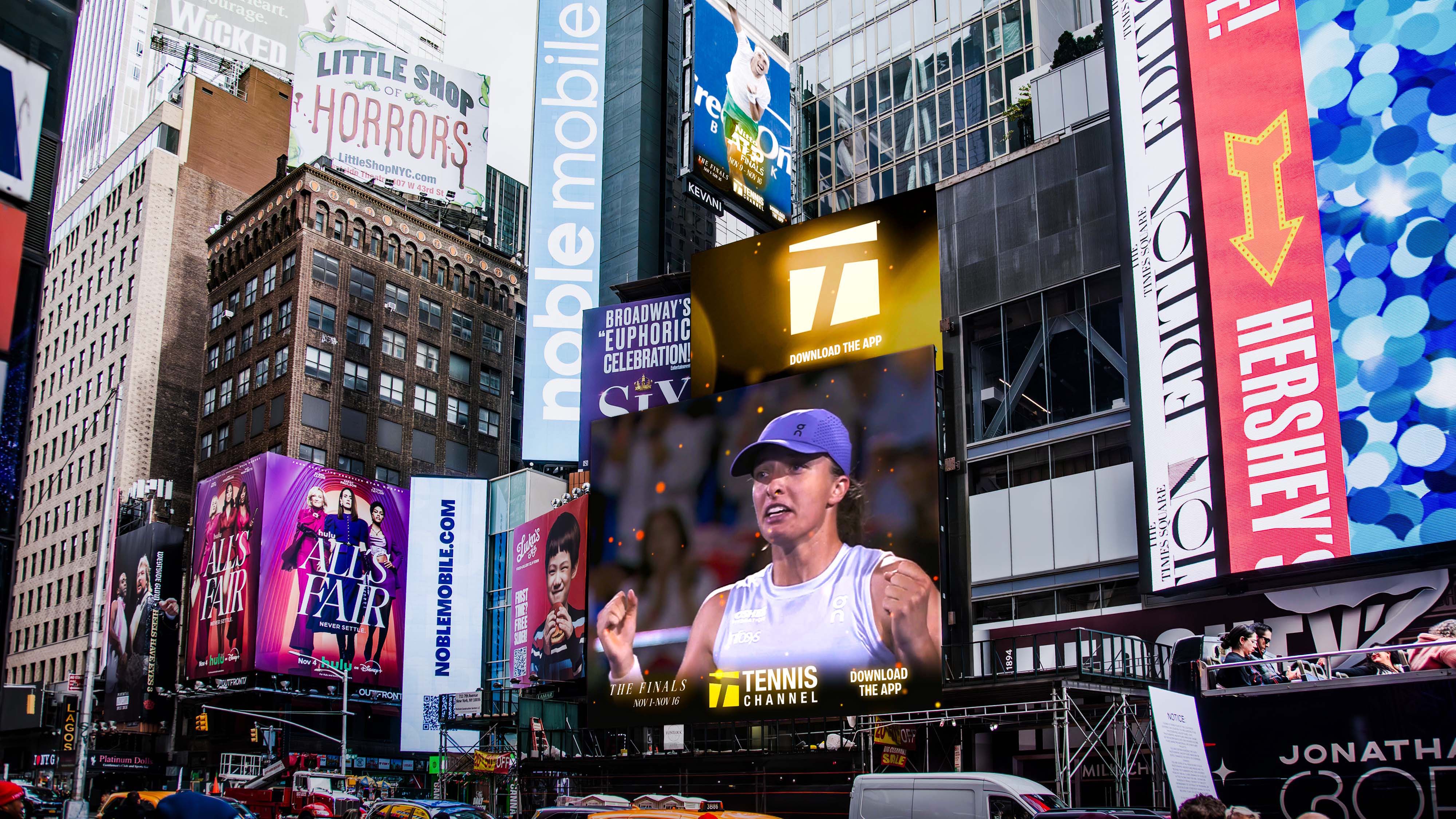Here's Why Jeroen Hendriks Chose Sony’s HDR Monitor for 'Where the Crawdads Sing'
LED technology, as well as its durable compact nature, made the PVM-X2400 24-inch 4K HDR monitor an ideal fit.

(Note: This article was written by Jeroen Hendriks, digital imaging technician. He is a 22-year film industry veteran that has supported to transition to digital.)
After having positive experiences using Sony’s OLED monitors for years, I chose its PVM-X2400 24-inch 4K HDR monitor for use on my latest project, the upcoming film, Where the Crawdads Sing, based on the best-selling novel. I had worked with other HDR monitors in the past, which were too big, too heavy, and too expensive. When I knew we needed HDR for this movie, the latest Sony model appeared to be a viable option. Due to the wear and tear monitors experience, I prefer to own my technology and after learning more about Sony’s PVM-X2400, it met most of my requirements. The 24-inch option is a good size for looking at content, without being too small to see detail or too large to be practical.
[How Sony Cameras Are Changing the Game for University of Maryland Athletics]
Sony’s LED technology was the primary reason I chose the PVM-X2400. I’ve always valued the black levels of Sony’s OLED monitors and while LED didn’t offer the exact same experience, it still gave me a really good on-set view of HDR. It’s also beneficial that I can calibrate all of my Sony monitors to match consistently. As HDR becomes a standard request—or a requirement —from studios, having my own HDR monitor has helped uphold my standard of work and ensure that everything I produce looks good. It’s easier to make things look good on a good monitor. Working in HDR in an on-set environment is a relatively easy workflow to adapt to, as the highlights are fairly precise. Working in HDR provides more longevity and possibilities for the content.

I appreciate that the monitors have a lot of powerful built-in tools. On-set, my Sony monitors are on a cart, where they’ve proven to be durable and reliable. In terms of workflow, I take a log feed out from the camera and get a log feed on my monitor and then use a live grade to add a LUT to the feeds. Then I use my scopes in watch mode, primarily to review my false color for exposure. The false color setting is an extremely valuable feature as is the ability to upload and compare user LUTs. Ultimately, I need my monitor balanced because we have an A and B camera next to each other. I also have a switcher where I can put multiple cameras onto one monitor so we can make judgements right away, compare images and see everything in the blink of an eye.
[SCN Hybrid World: Workplace Products and Expert Tips]
I tend to work on projects that have a darker look so it’s helpful to have a monitor that can handle the blacks and shadows as well as it handles the lights and brights. I find that Sony’s monitors don’t give you a bleached-out image—they give you deep blacks. Every camera and monitor can do bright, but it’s how they behave in the dark, can control shadows and balance highlights that’s most important.
A daily selection of features, industry news, and analysis for AV/IT professionals. Sign up below.
In my position, having an accurate representation of what the camera is capturing gives the production peace of mind and that’s something I feel confident I’m able to do with Sony’s impressive monitors.
The AVNetwork staff are storytellers focused on the professional audiovisual and technology industry. Their mission is to keep readers up-to-date on the latest AV/IT industry and product news, emerging trends, and inspiring installations.
